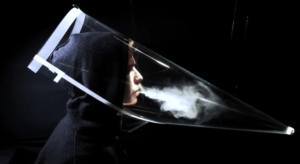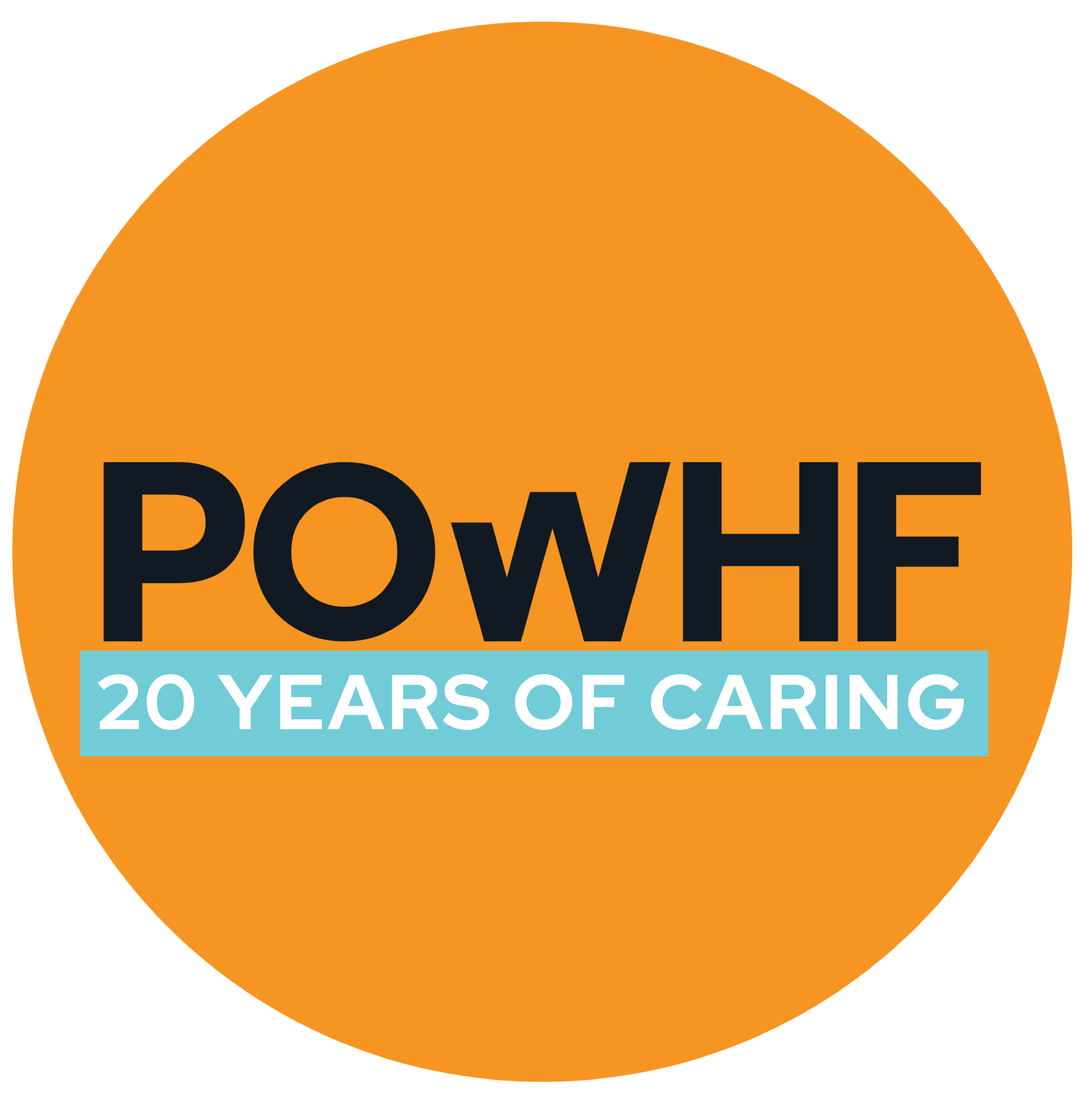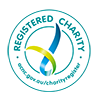PARTIALLY FUNDED BY the 2020 Foundation Grant Rounds, Dr Eckhardt’s research challenged the guidance that special aerosol precautions are only needed when using oxygen therapies for COVID-19 patients and raised concerns about staff and patients being inadequately protected from infectious aerosols otherwise. Our bodies naturally produce and release droplets and aerosols when breathing, coughing and speaking. Surgical masks can protect from droplets which are the larger particles, but only N95 or P2 masks can sufficiently protect from much smaller aerosols which tend to stay in the air for much longer. Many current guidelines are designed to protect staff from aerosols only when certain procedures are performed, or when certain respiratory therapies are being used. Certain treatments may not be offered to patients due to the perceived risk of aerosol generation and disease transmission to staff.

The research outcomes however suggested that breathing, speaking, and coughing create aerosol particles that we perhaps have not adequately protected ourselves against in the clinical setting. It also suggests that the so deemed ‘aerosol generating’ devices and therapies that we use in hospitals may not pose as great a risk as we first thought. This research will help promote further investigation into healthcare protection standards and hopefully encourage access and use of respiratory therapies where previously they were withheld. Well done to Dr Eckhardt and his amazing team.


